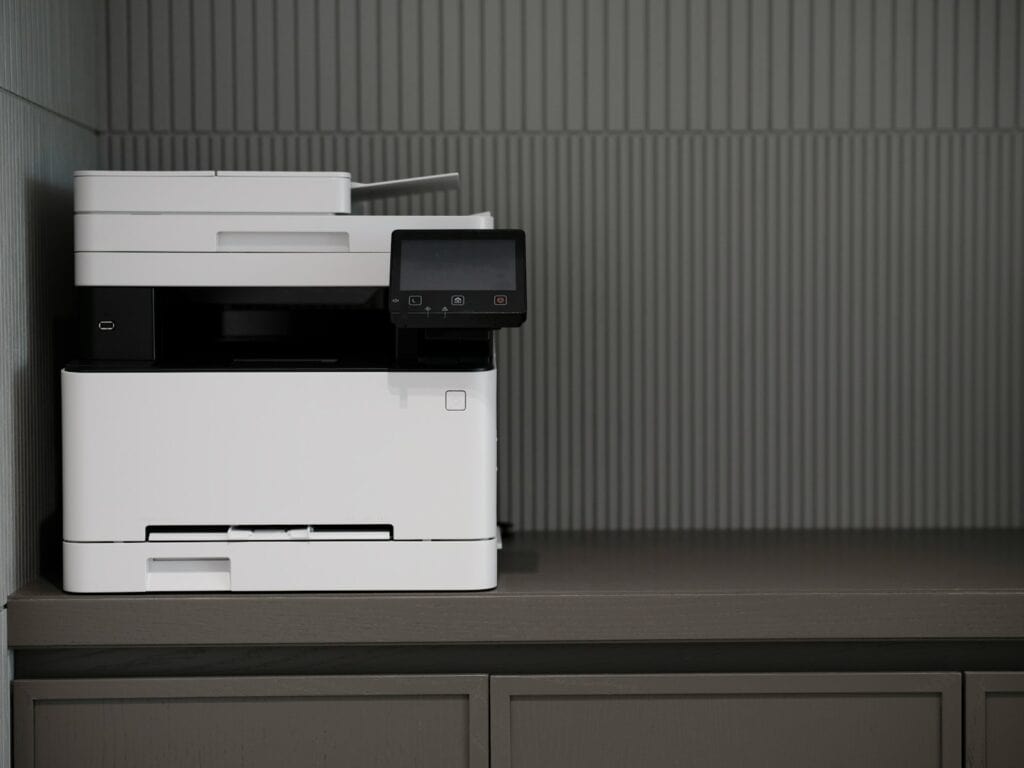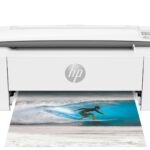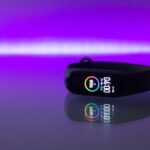Adding a printer to a Mac is a simple process that can be done in a few easy steps. You can connect a printer to your Mac using USB, Wi-Fi, or by entering its IP address. This allows you to print documents and photos from your computer with ease. Adding a printer to your Mac is usually a straightforward process. However, sometimes you might encounter issues, especially with older printers or if there are network problems. If you’re having trouble connecting your printer, don’t worry.
There are some simple troubleshooting steps you can take to get your printer up and running. Before you start, make sure your printer is turned on and ready to use. If you’re using a wireless printer, check that it’s connected to the same Wi-Fi network as your Mac. For USB printers, plug the cable into your Mac and printer. Once your printer is set up, your Mac will often find it right away. If not, you can add it manually through System Preferences. This process is quick and lets you start printing in no time.
Setting Up Your Printer on macOS
Most printers today are very user-friendly. It’s easier than ever to add a printer to your Mac. Here’s how to do it.
Before You Start
- Turn on your printer. Make sure it’s connected to your Wi-Fi network or plugged into your computer.
- Check for updates. Ensure your Mac has the latest software updates. You can find these in System Settings.
- Gather your materials. You might need your printer’s manual or installation CD.
Using System Settings
- Open System Settings. Click the Apple icon in the top left corner of your screen.
- Go to “Printers & Scanners.” You’ll find this in the sidebar.
- Click the “+” button. This will open a new window.
- Select your printer. Your Mac should automatically detect nearby printers. If you don’t see yours, try adding it manually using its IP address.
- Click “Add.” Your Mac will install the necessary drivers.
Troubleshooting
| Problem | Solution |
|---|---|
| Can’t find your printer | Make sure it’s turned on and connected to your network. |
| Printer is not responding | Try restarting your printer and your Mac. |
| Can’t print | Check the printer queue for any errors. |
Key Takeaways
- Printers can connect to Macs via USB, Wi-Fi, or IP address
- Turn on the printer and ensure it’s ready before starting
- Add printers through System Settings if not found automatically
Preparing Your Mac for Printer Installation
Before adding a printer to your Mac, you need to make sure your computer is ready. This involves checking if your Mac can work with the printer and getting important details about the printer.
Checking Mac Compatibility
First, make sure your Mac’s software is up to date. Click the Apple icon in the top left corner. Select “System Settings” from the menu. Look for “Software Update” and click on it. If there’s an update, install it.
Next, check if your Mac can work with your printer. Most modern printers work with Macs. But it’s good to be sure. Go to the printer maker’s website. Look for a list of Mac-compatible printers. Find your printer model on the list.
Gathering Printer Information
Now, get key details about your printer. Find the printer’s exact model number. It’s often on a sticker on the printer. Write it down.
If you’re adding a network printer, you need its IP address. To find it, print a network settings page from the printer’s menu. The IP address is a set of numbers like 192.168.1.100.
For USB printers, just plug the cable into your Mac. The computer should find the printer on its own.
Lastly, check if you need to download any special software. Some printers need their own apps to work best. Go to the printer maker’s website to see if there’s software for your model.
Adding and Setting Up the Printer
Adding a printer to your Mac is simple. You can connect printers using USB, Wi-Fi, or Bluetooth. Here’s how to set up each type and adjust key settings.
USB Printer Setup
To add a USB printer:
- Plug the USB cable into your Mac and printer
- Turn on the printer
- Open System Settings
- Click Printers & Scanners
- Click Add Printer
- Select your printer from the list
- Click Add
Your Mac should find the right driver. If not, you may need to download one from the maker’s website.
Wi-Fi or Network Printer Setup
For Wi-Fi printers:
- Make sure the printer is on and connected to your network
- On your Mac, open System Settings
- Click Printers & Scanners
- Click Add Printer
- Select the printer from the list
- Click Add
If you don’t see your printer, click the IP tab. Type in the printer’s IP address. Choose the protocol and driver. Then click Add.
For wired network printers, connect an Ethernet cable first. Then follow the same steps as Wi-Fi.
Bluetooth Printer Setup
To add a Bluetooth printer:
- Turn on the printer
- Put it in pairing mode
- On your Mac, open System Settings
- Click Bluetooth
- Select the printer when it shows up
- Click Connect
- Go to Printers & Scanners
- Click Add Printer
- Choose the Bluetooth printer
- Click Add
Configuring Printer Settings
After adding your printer, you can change its settings:
- Open System Settings
- Click Printers & Scanners
- Select your printer
- Click Options & Supplies
Here you can:
- Set the default paper size
- Choose color or black and white printing
- Pick the print quality
- Set a default printer
To rename a printer, select it and click the info button. Type a new name and press Enter.
Frequently Asked Questions
Adding a printer to a Mac can sometimes be tricky. Here are answers to common questions about connecting printers to Mac computers.
How do I manually add a printer to my Mac?
To add a printer manually:
- Open System Settings
- Click Printers & Scanners
- Click the Add (+) button
- Choose IP or Windows for network printers
- Enter the printer’s IP address
- Select the driver and click Add
This method works for most network printers that aren’t detected automatically.
What steps are required to connect a Mac to a wireless printer?
To connect a wireless printer:
- Make sure the printer is on and connected to Wi-Fi
- On the Mac, go to System Settings > Printers & Scanners
- Click Add (+)
- Select the printer from the list
- Click Add to finish setup
The Mac and printer must be on the same Wi-Fi network for this to work.
Why is my Mac unable to detect my printer?
A Mac may not detect a printer for a few reasons:
- The printer is turned off
- It’s not connected to the same network as the Mac
- Outdated printer software
- Firewall settings blocking the connection
Try restarting both devices and checking network settings to fix detection issues.
How can I connect my MacBook Air to a printer via USB?
To connect via USB:
- Plug the USB cable into the printer and Mac
- Turn the printer on
- Open System Settings > Printers & Scanners
- Click Add (+)
- Select the printer from the list
- Click Add
The Mac should install drivers automatically for most USB printers.
What is the procedure for adding an HP wireless printer to a Mac?
For HP wireless printers:
- Make sure the printer is on and connected to Wi-Fi
- On the Mac, go to System Settings > Printers & Scanners
- Click Add (+)
- Select the HP printer from the list
- Click Add
HP printers often work without extra software. If needed, download HP Easy Start from Apple’s website.
What should I do to connect a Canon printer wirelessly to my MacBook?
To set up a Canon wireless printer:
- Connect the printer to Wi-Fi using its control panel
- On the Mac, open System Settings > Printers & Scanners
- Click Add (+)
- Choose the Canon printer from the list
- Click Add to complete setup
For some Canon models, you may need to install Canon drivers first.







